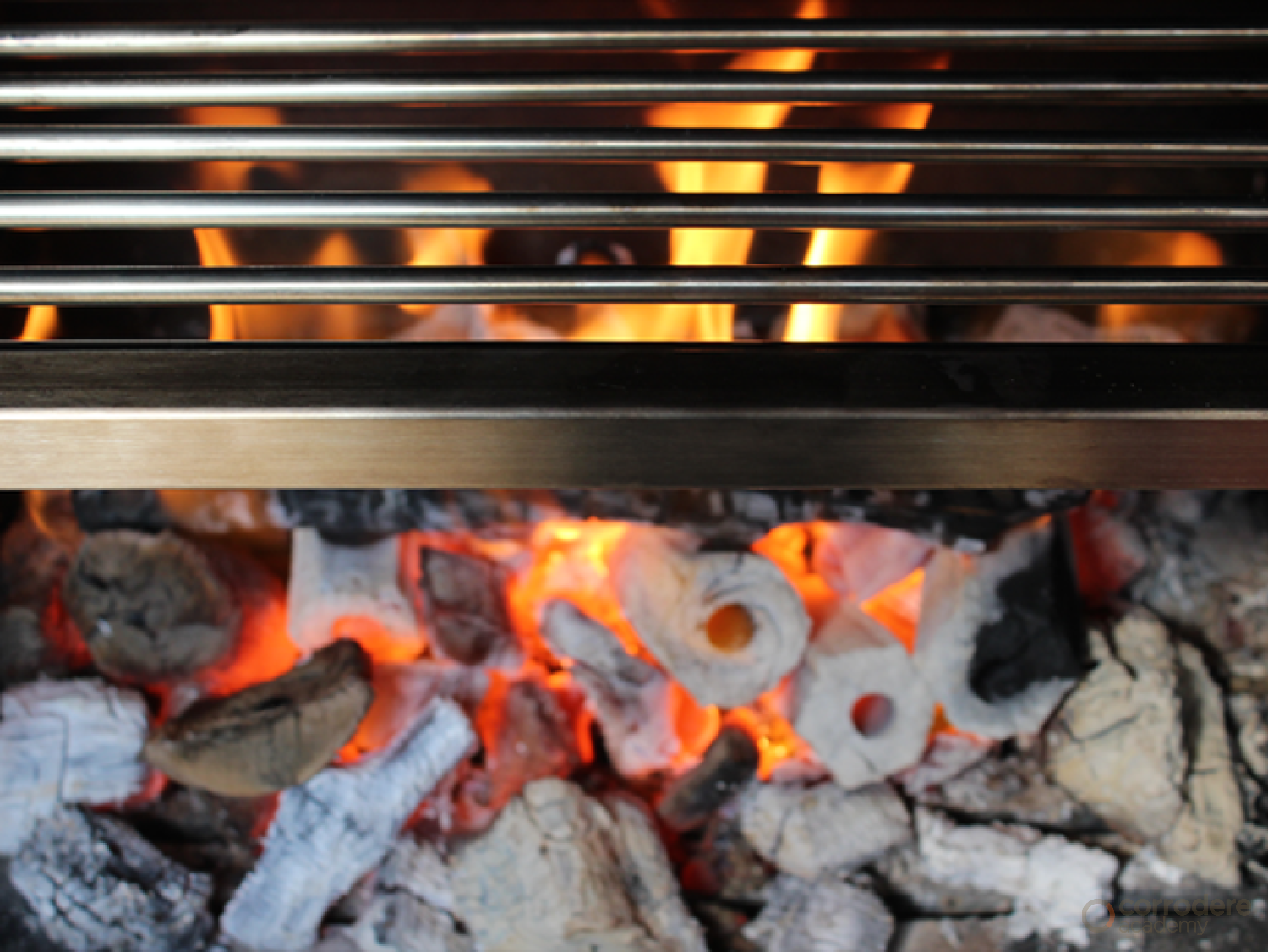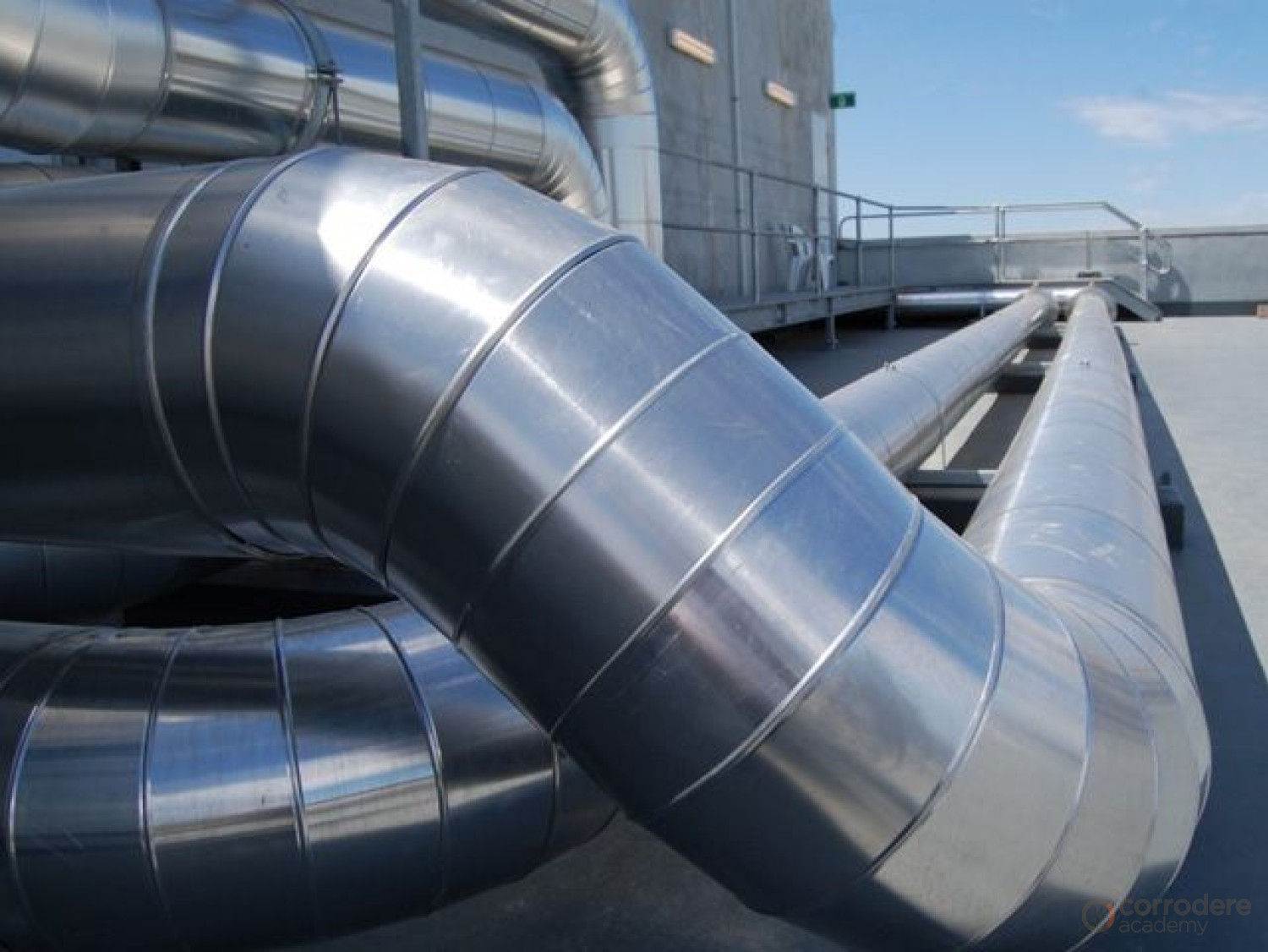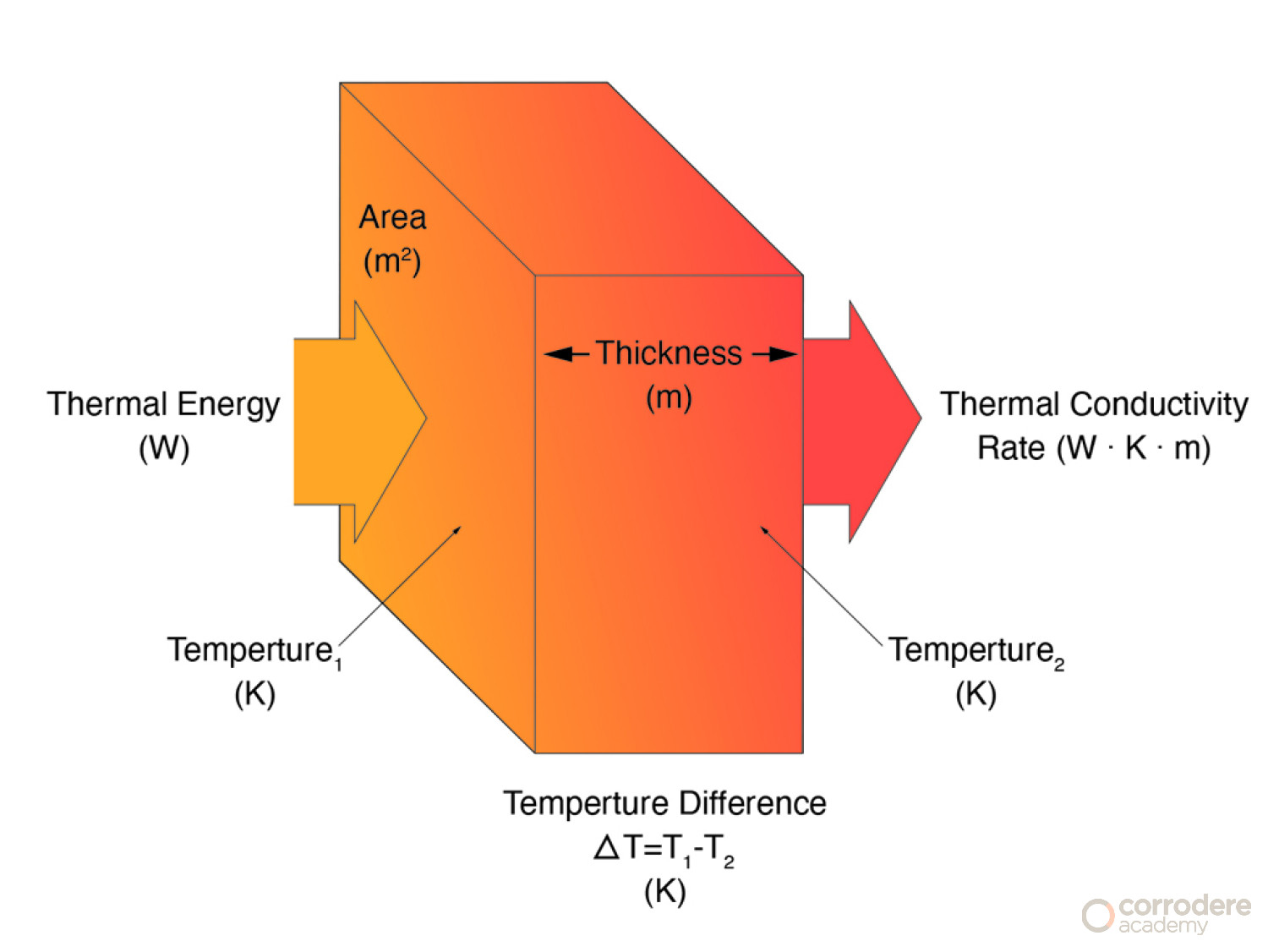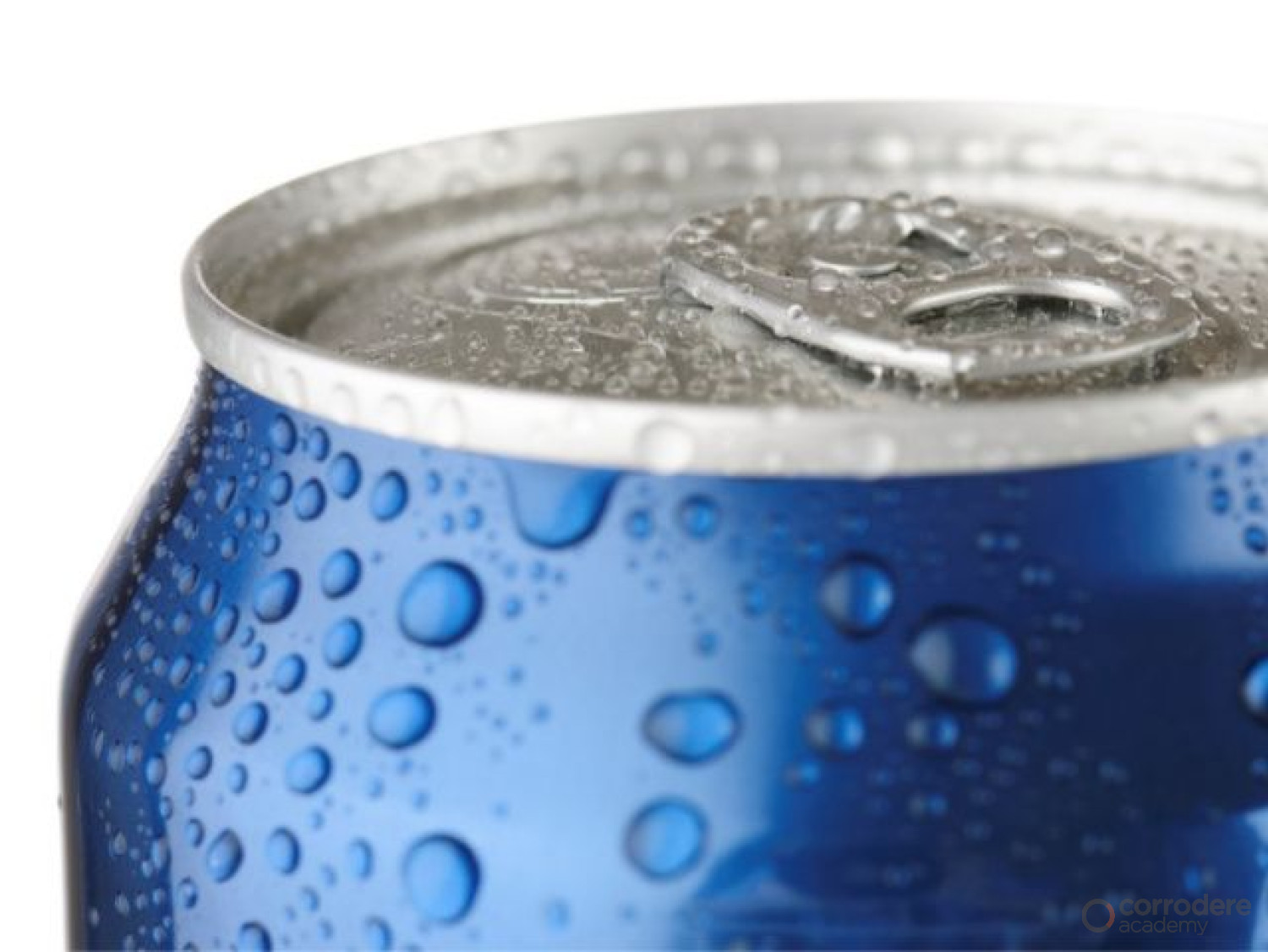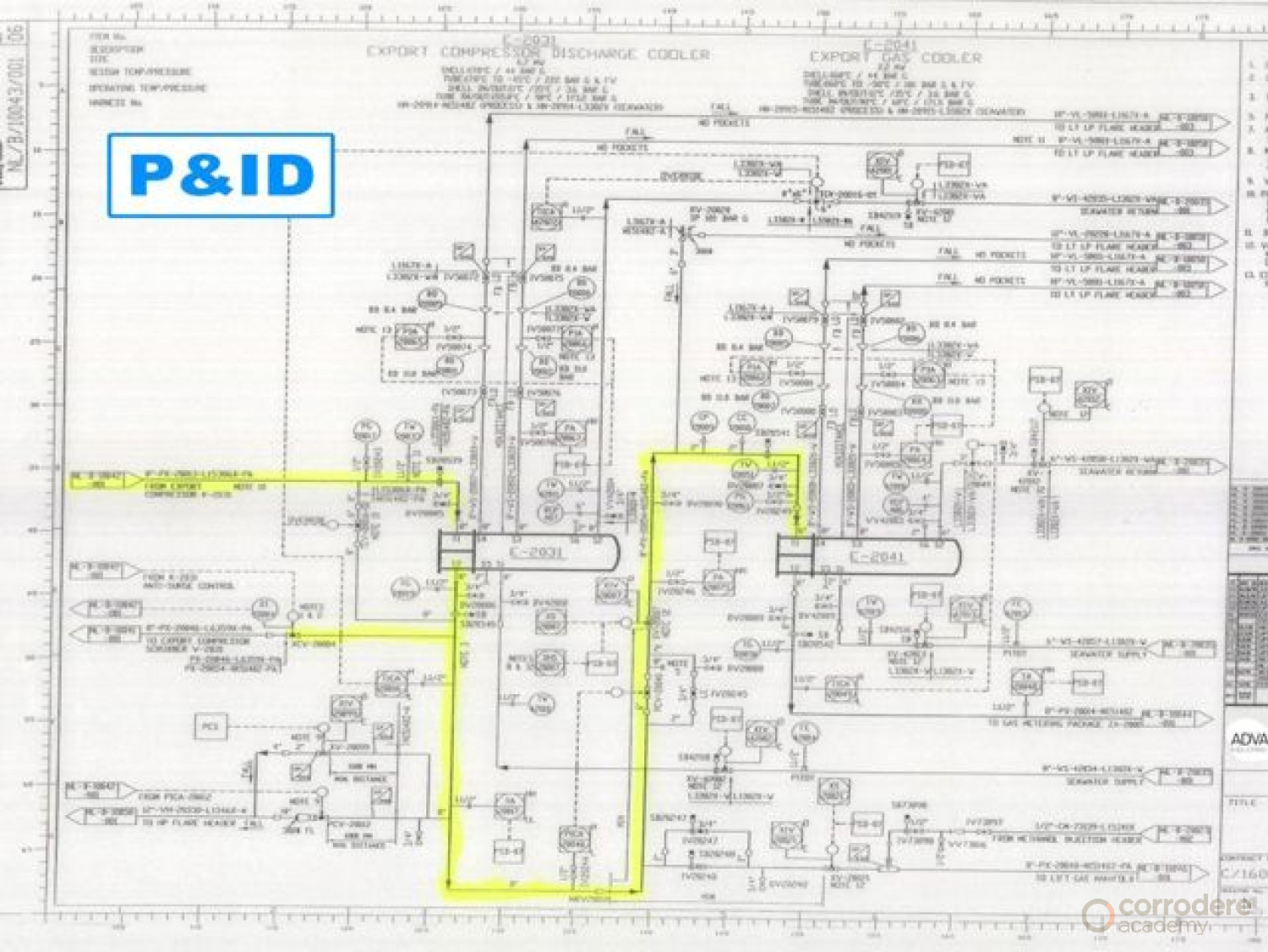Overview
Introduction to Insulation
Slide /
Learning Outcome
Upon completion of this module, students will be able to:
- Have an understanding of thermal energy, heat and radiation
- Recognise the different forms of insulation, such as hot, cold, acoustic, cryogenic and personal protection
What Is Thermal Energy?
Have you ever wondered what makes something hot? The answer may be more simple than you think. The temperature of an object increases when the molecules that make up that object move faster.
The thermal energy of an object is the energy contained in the motion and vibration of its molecules. Thermal energy is measured through temperature. The energy contained in the small motions of the object's molecules can be broken up into a combination of microscopic kinetic energy and potential energy. A whole branch of physics, thermodynamics, deals with how heat is transferred between different systems and how work is done in the process
Thermal energy can be described as the ability of something to do work due to the movement of its particles.
What Is Thermal Energy?
Because thermal energy is due to the movement of particles, it is a type of kinetic energy, which is the energy due to the motion.
Thermal energy results in something having an internal temperature, and that temperature can be measured - for example, in degrees Celsius or Fahrenheit on a thermometer.
The faster the particles move within an object or system, the higher the temperature that is recorded.
Molecules
Kinetic theory of matter: All matter is made up of atoms and molecules that are constantly moving.
When heat is added to a substance, the molecules and atoms vibrate faster. As atoms vibrate faster, the space between atoms increases. The motion and spacing of the particles determine the state of matter of the substance. The end result of increased molecular motion is that the object expands and takes up more space.
At the physically impossible-to-reach temperature of zero kelvin, or minus 273.15 degrees Celsius (minus 459.67 degrees Fahrenheit), atoms would stop moving. As such, nothing can be colder than absolute zero on the Kelvin scale.
What Is Heat?
Heat can be defined as a form of energy associated with the motion of atoms or molecules and capable of being transmitted through solid and fluid media by conduction, through fluid media by convection, and through empty space by radiation.
Heat is the transfer of energy from one body to another as a result of a difference in temperature or a change in phase. (transfer of energy from an object with a high temperature to an object with a low temperature).
It is possible to transfer this energy by conduction, convection and radiation at the same time.
Insulation is used to reduce the movement of atoms and hence reduce heat transfer.
Conduction
Conduction is the direct transfer of heat from one object to another.
Heat energy is conducted from the hot area of an object to the cold area or from a hot object to a cold object when in direct contact.
Metals are good conductors of heat, but non-metals and gases are usually poor conductors.
Poor conductors are called insulators.
Convection in Liquids
Convection is the transfer of heat by currents in a fluid or gas.
Heat energy is transferred from hot areas to cooler areas by convection.
Liquids and gases expand when they are heated due to the fact that the particles in liquids and gases move faster when they are hot than they do when cold.
The particles take up more volume when hot as the gaps between particles increases, while the particles themselves stay the same size.
The liquid or gas in hot areas is less dense than the liquid or gas in cold areas, so it rises into the cold areas.
The denser cold liquid or gas falls into the warm areas. In this way, convection currents that transfer heat from place to place are set up.
Induction Heating
Induction heating is the process of heating electrically conductive materials like metals by electromagnetic induction, through heat transfer passing through an induction coil that creates an electromagnetic field within the coil to steel, copper, brass, graphite, gold, silver, aluminium, and carbide.
An important feature of the induction heating process is that the heat is generated inside the object itself, instead of by an external heat source via heat conduction.
Radiation
Radiation is the transfer of heat by electromagnetic waves, like radio waves, infrared waves, X-rays and even visible light.
No particles are involved, unlike conduction and convection.
An example is feeling the heat emitted by a fire where the hot coals are transferring heat by sending out rays.
The thermal energy is transferred from the fire by radiation.
Hot Thermal Insulation
The insulation used on hot surfaces for the purposes of Heat Conservation or for the purpose of Personal Protection. An example is to insulate piping systems transporting gas and substances at high temperatures.
Other areas are hot water and steam, turbines, exhaust stacks, incinerators and boilers.
Materials used are:
- Mineral wool
- Glass wool
- Calcium silicate
An important aspect of choosing a hot insulation material is understanding the maximum temperature the insulation will be covering. Components less than about 180°C (356°F) can be covered with proprietary materials such as fibreglass. However when near or above temperatures of about 540°C (1000°F), silica or ceramic insulation is usually required.
Cold Thermal Insulation
The insulation used on a cold surface for the purpose of maintaining a low temperature or for the purpose of avoiding condensation.
Materials used include:
- Polyurethane foam
- Cellular glass
- Expanded polystyrene foam
- Expanded perlite foam
- Nitrile Rubber foam
- Phenolic foam
Examples of the use of low-temperature thermal insulation are:
- Cold water
- Refrigeration
- Cryogenic systems: -150°C (-238°F) to -273°C (-460°F)
Acoustic Insulation
Acoustics is the branch of physics that deals with the production, transmission, properties, and effects of sound waves. Sound is a type of energy made by vibration when an object vibrates and causes movement in the air particles.
The frequency of sound is measured in Hz (hertz). The higher the value, the higher the pitch. Speech frequency lies primarily between 125 and 8000 Hz, while audible sound lies between 20 and 20 000 Hz.
The intensity of the loudness of sound is measured in a decibel (dB) unit.
On the decibel scale, which is logarithmic, the smallest audible sound (near total silence) is 0 dB.
- A sound 10 times more powerful is 10 dB
- A sound 100 times more powerful than near total silence is 20 dB
- A sound 1,000 times more powerful than near total silence is 30 dB
Acoustic Insulation
Some examples of common sounds and their decibel ratings:
- Near total silence - 0 dB
- A whisper - 15 dB
- Normal conversation - 60 dB
- A lawnmower - 90 dB
- A car horn - 110 dB
- A pneumatic drill 120 dB
- A jet engine - 150 dB
Noise levels in the work environment and elsewhere are measured using a sound level meter.
Any sound above 85 dB can cause hearing loss. The effect on hearing is related to both the noise level and the length of exposure.
Acoustic Insulation
Because of the potential effect on hearing, acoustic insulation (sound insulation) is used in high noise working environments to reduce the noise levels to an acceptable level.
Acoustic materials are used to control noise levels from machinery, plant rooms, workshops and other sources for both regulatory compliance and general health considerations.
They can be used either for noise reduction, reducing the energy of sound waves as they pass through the material, or by noise absorption, which involves suppressing echoes, reverberation, resonance and reflection.
Acoustic Insulation
There are a variety of materials used in acoustic insulation such as mineral wool.
Other forms of material include:
- Acoustic foam
- Acoustic panels
- Acoustic insulation jackets
Cryogenic Insulation
Cryogenic insulation is commonly used on pipework and equipment operating at low or very low temperatures -150°C (-238°F) to -273°C (-460°F).
There are also several insulation materials used in low-temperature insulation, including:
- Cellular glass
- Nitrile rubber
- Phenolic foam
Personnel Protective Insulation
This is required on pipework and equipment operating above 55°C to safeguard against potential burn injuries by preventing personnel from coming into direct bodily contact with hot surfaces and live process systems.
Terminology
The K-value of insulation material is one of the ways used to measure its “thermal conductivity.” The rate at which heat is transmitted through a material, measured in watts per square metre of surface area for a temperature gradient of one degree Kelvin per metre thickness, is expressed as W/mK.
The lower the number the better the insulation.
U-values are used to give an idea of the flow of heat energy through a whole building component e.g. a wall, window or roof. They measure the total amount of heat moving through all the materials of construction in, for example, a wall, for every square metre of its surface area.
It is expressed as watts per square metre, per degree Kelvin, (W/m2.K ).
The lower the number the better the insulation.
Terminology
- The R-value is a measure of the thermal resistance of a particular thickness of the material, i.e. the resistance to heat flow.
- It is measured in m2.K/W and is equal to the thickness of the material (in metres) divided by the thermal conductivity of that material, i.e. material thickness divided by the materials “k-value”. The higher the number, the better the thermal resistance.
- Condensation - when water vapour from the air comes into contact with cold surfaces, the vapour condenses on the cooler surface.
- Dew Point - a calculated temperature at which water vapour will condense.
- Vapour control layer - a material that substantially reduces the water vapour transfer through a building element.
Terminology
Schematics and Drawings
There are different types of drawings used to show pipework, plant and equipment. These can be used to calculate the amount of material required for a given task.
- Isometrics – 3D representational plans
- Schematics – Graphical & symbol process flow diagrams
- P & ID’s – Piping & Instrumentation Diagram
The above information is essential when reviewing or surveying insulation requirements or conducting surveys to live plant.
Isometric Drawings
Isometric projection is a method for visually representing three-dimensional objects in two dimensions in technical and engineering drawings.
It is an axonometric projection in which the three coordinate axes appear equally foreshortened and the angle between any two of them is 120 degrees.
Schematic Drawings
A schematic, or schematic diagram, is a representation of the elements of a system using abstract, graphic symbols rather than realistic pictures.
A schematic usually omits all details that are not relevant to the information the schematic is intended to convey and may add unrealistic elements that aid comprehension.
P&ID's
A piping and instrumentation diagram/drawing (P&ID) is a detailed diagram in the process industry which shows the piping and vessels in the process flow, together with the instrumentation and control devices.
Summary
Within this training unit, we have reviewed thermal energy, molecules, heat along with conduction, convection, and radiation.
We reviewed hot, cold, cryogenic, and thermal insulation.
We also reviewed insulation terminology and Schematics and Drawings
















